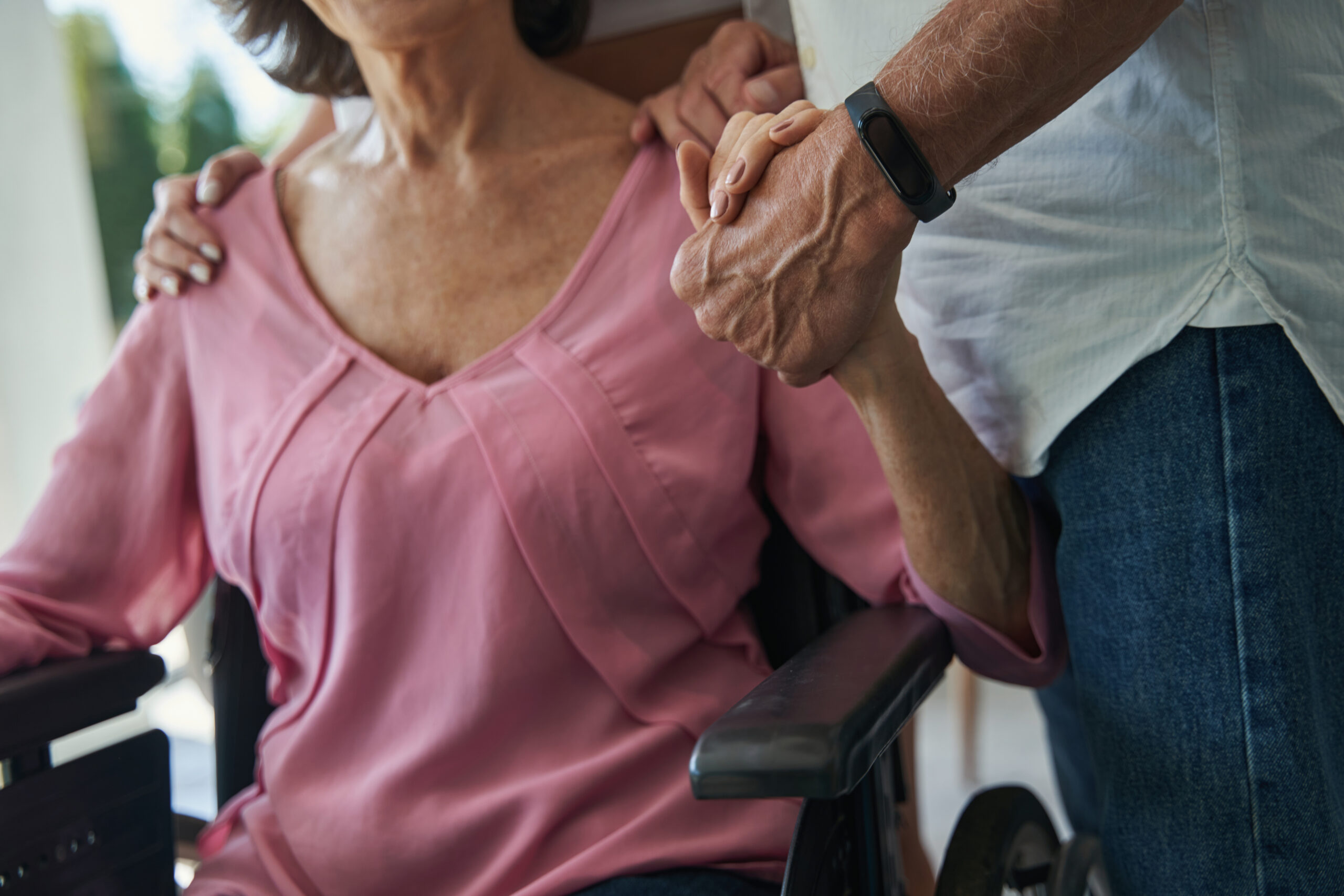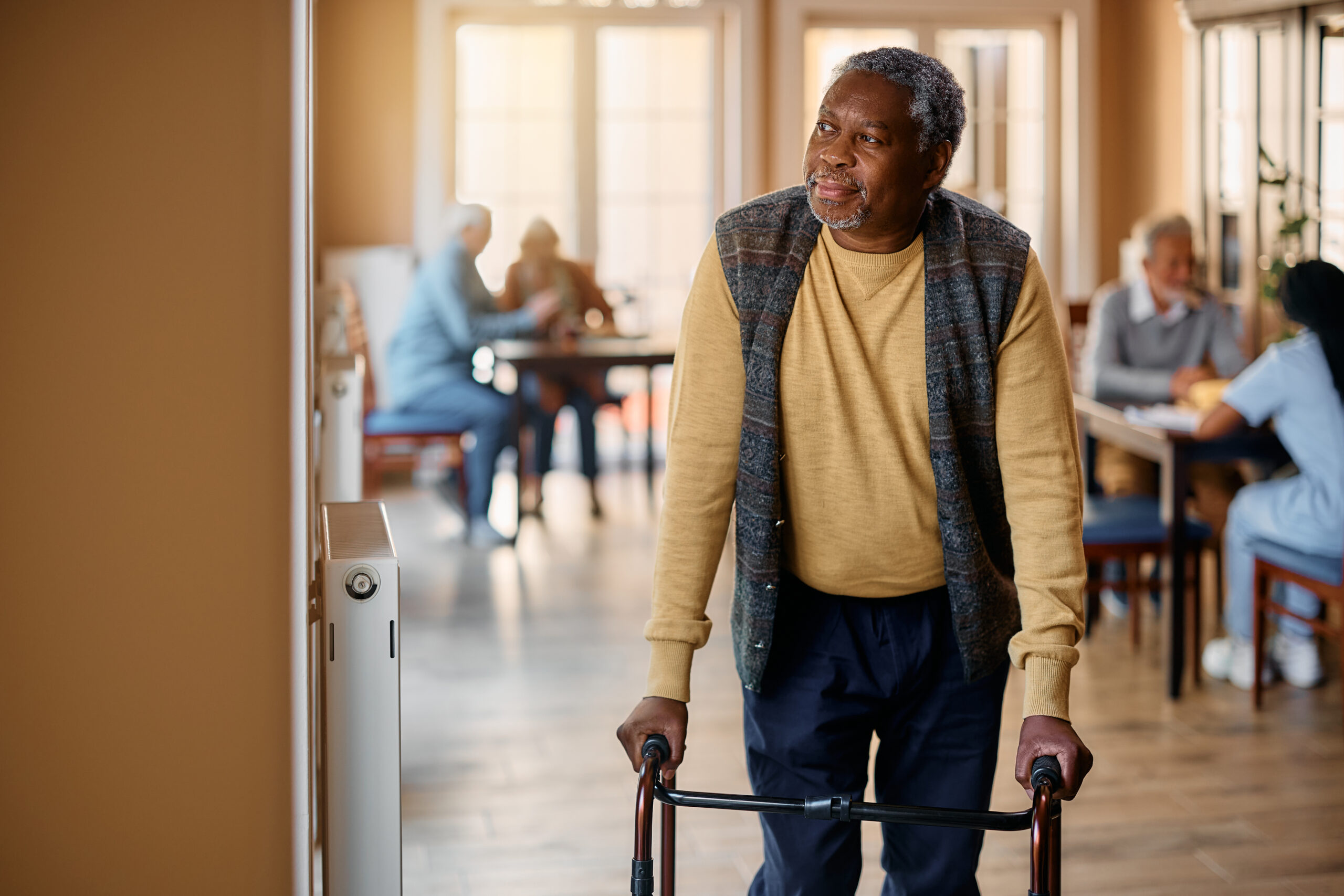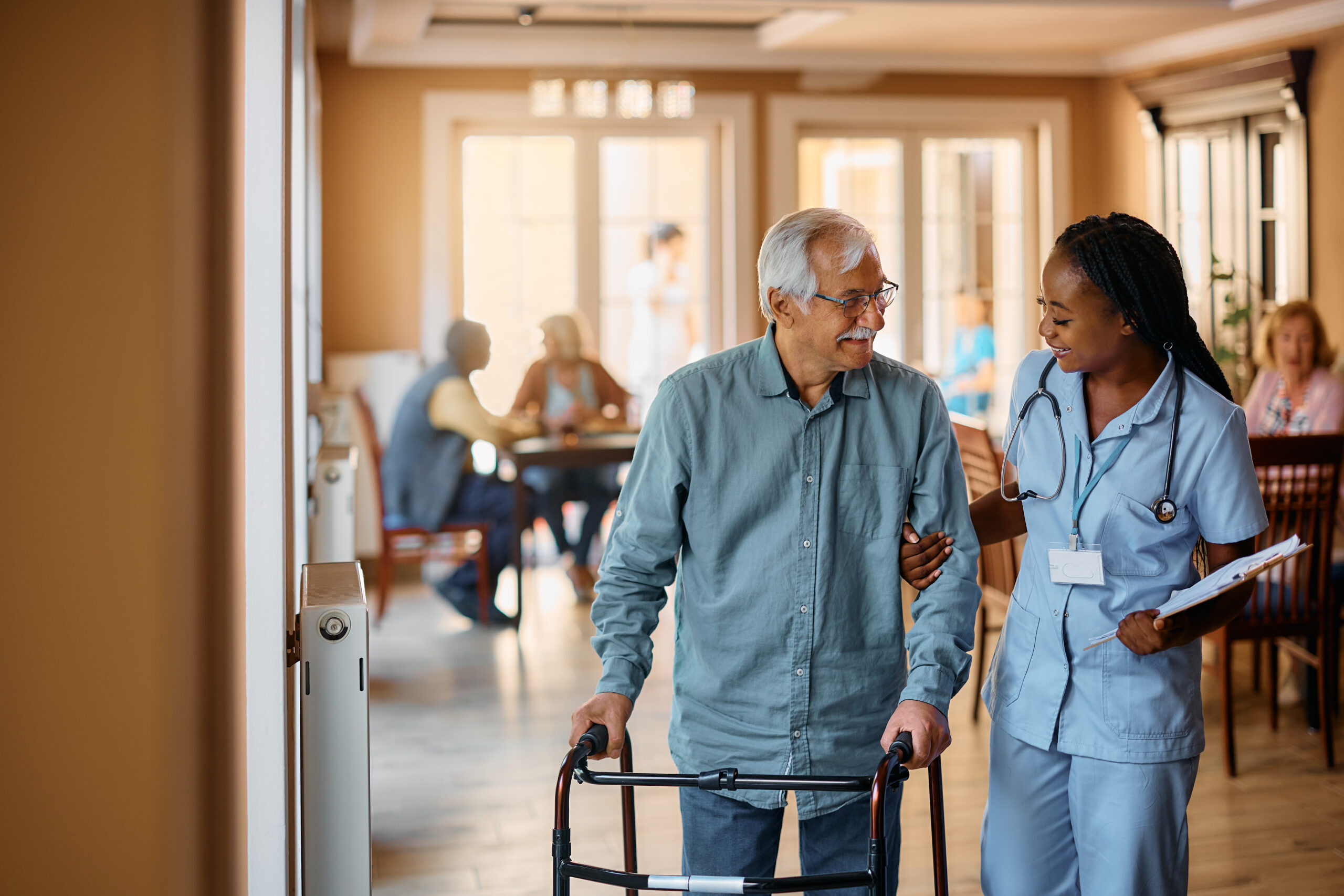
The saying “use it or lose it” holds true in many aspects of life, but it’s especially relevant in the context of nursing home care. One of the most significant concerns in nursing homes is the lack of mobility among residents. In this blog post, we’ll explore why movement is crucial for nursing home residents and why it should be a top priority for both caregivers and family members.
The Red Flag of Immobility
Imagine visiting your loved one in a nursing home and repeatedly finding them in their pajamas or nightgown, still in bed at three o’clock in the afternoon. They haven’t been changed, bathed, or even gotten up for the day. This is a significant red flag that should not be ignored. While we often worry about the risk of falls and injuries, the truth is that immobility is a major threat to a resident’s well-being.
The Importance of Movement
Why is movement so vital in the nursing home context? The simple answer is that if a nursing home resident is not moving, they are losing. They are losing muscle tone, mobility, and their ability to perform even the most basic tasks. Prolonged periods of inactivity can lead to a host of health issues, including muscle atrophy, pressure ulcers, and a decline in overall physical and mental health.

While it might be convenient for the nursing home staff to keep residents in bed for extended periods, it is detrimental to the resident’s health and quality of life. To maintain their physical and mental well-being, nursing home residents need to be encouraged to move as much as possible, even if they are unable to get out of bed on their own.
Passive Range of Motion
For residents who cannot move independently, passive range of motion exercises are essential. These exercises involve gently moving the resident’s limbs through a range of motions. While the resident may not actively participate, these exercises help maintain joint flexibility, prevent contractures, and improve circulation.
Restraints: The Negative Impact on Freedom of Movement
Restraints in nursing homes are a significant concern. A restraint is anything that limits a resident’s freedom of movement. Federal regulations are clear that residents should not be subjected to restraints for the convenience of the staff. Restraints can include physical devices like cushions, bars, or belts that a resident cannot remove and that restrict their ability to move freely.

Awareness is Key
In nursing home care, the value of movement cannot be overstated. Immobility can lead to a host of physical and mental health problems that significantly impact a resident’s quality of life. Family members and caregivers must be vigilant in ensuring that their loved ones are encouraged to move as much as possible.
As advocates for nursing home residents, it’s essential to be aware of the signs of immobility, question the use of restraints when necessary, and actively engage with the nursing home staff to prioritize movement and exercise. By doing so, we can help improve the well-being and overall quality of life for those in our care. Remember, in nursing home care, “If you don’t move it, you will lose it”.

